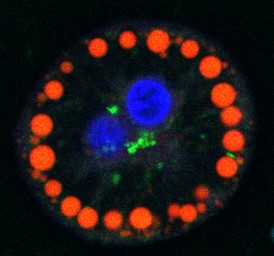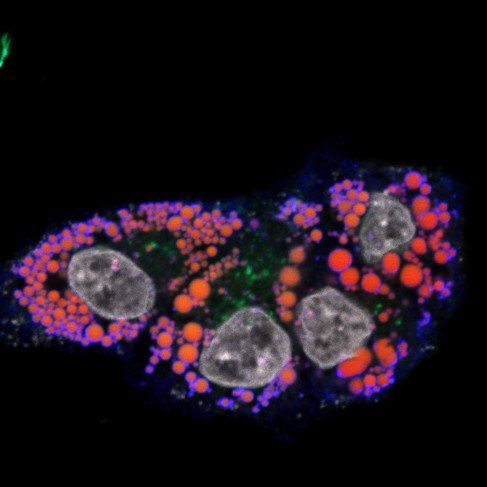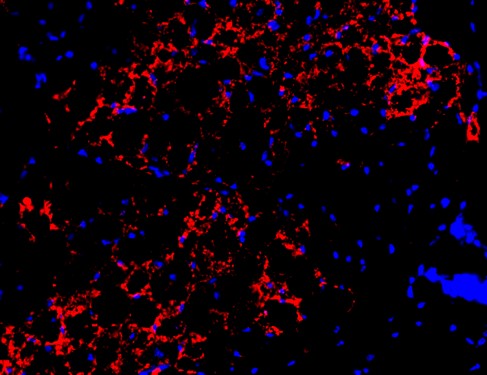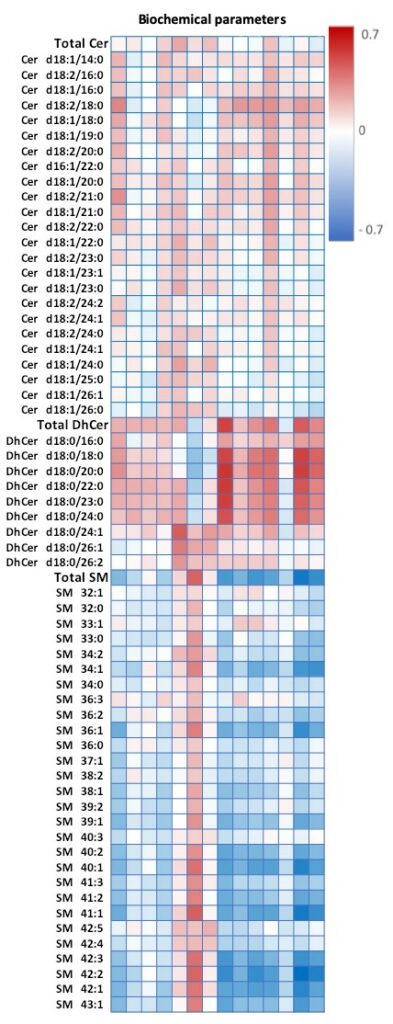Type 2 diabetes (T2D) and Nonalcoholic fatty liver disease (NAFLD) are increasing worldwide owing to the obesity pandemic. Obesity and insulin resistance are key pathogenic factors associated with the presence of T2D. As a consequence, NAFLD is very common among T2D individuals. It is estimated that up to 90% of T2D patients develop NAFLD. In T2D patients developing NAFLD, the prevalence of NASH (Non-alcoholic steatohepatitis) can reach 80% with a prevalence of moderate to severe fibrosis estimated to 22-60%. The relationship between NAFLD and T2D is strong and complex and it is extremely difficult to distinguish whether NAFLD is a cause or a consequence of T2D. Our objectives are to understand the mechanisms by which T2D promotes NAFLD and vice versa. We are particularly interested in : (i) the roles of sphingolipids and ER stress on hepatic insulin resistance and progression to NASH, (ii) the relationship between NAFLD, DT2 and bone metabolism through the RANK receptor, (iii) the metabolism of hepatic stellate cells responsible for fibrogenesis. These studies are carried out on rodent or human primary cell cultures, on genetically modified animals but also through translational studies in humans thanks to the clinicians of the team.





